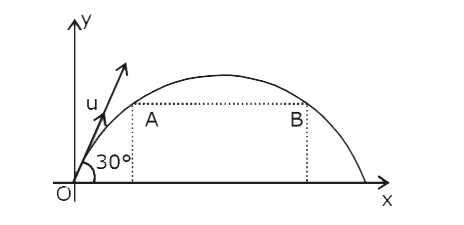A bead slides from point P on a friction less wire with initial velocity of 4ms−1 as shown in figure. On reaching point R, its velocity will be (Take g = 10ms−2)
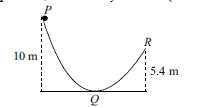
Zero
10.4ms−1
6.4ms−1
8.2ms−1
The correct Answer is:B
Step by step video, text & image solution for A bead slides from point P on a friction less wire with initial velocity of 4 m s^(-1) as shown in figure. On reaching point R, its velocity will be (Take g = 10 m s^(-2)) by Physics experts to help you in doubts & scoring excellent marks in Class 10 exams.
Updated on:21/07/2023Topper's Solved these Questions
- NSO QUESTION PAPER 2019 SET ABOOK - SCIENCE OLYMPIAD FOUNDATION CHAPTER - NSO QUESTION PAPER 2019 SET AEXERCISE - ACHIEVERS SECTIONS
2 Videos
- NSO QUESTION PAPER 2018 SET BBOOK - SCIENCE OLYMPIAD FOUNDATION CHAPTER - NSO QUESTION PAPER 2018 SET BEXERCISE - ACHIEVERS SECTION
1 Video
- NSO QUESTION PAPER 2019 SET BBOOK - SCIENCE OLYMPIAD FOUNDATION CHAPTER - NSO QUESTION PAPER 2019 SET BEXERCISE - ACHIEVERS SECTION
1 Video
Similar Questions
Knowledge Check
A disc of radius 0.1 mrolls without sliding on a horizontal suirface with a velocity of 6 m/s. It then ascends a smooth continous track as shown in figure. The height upto which it will ascend is (g=10m/s2)
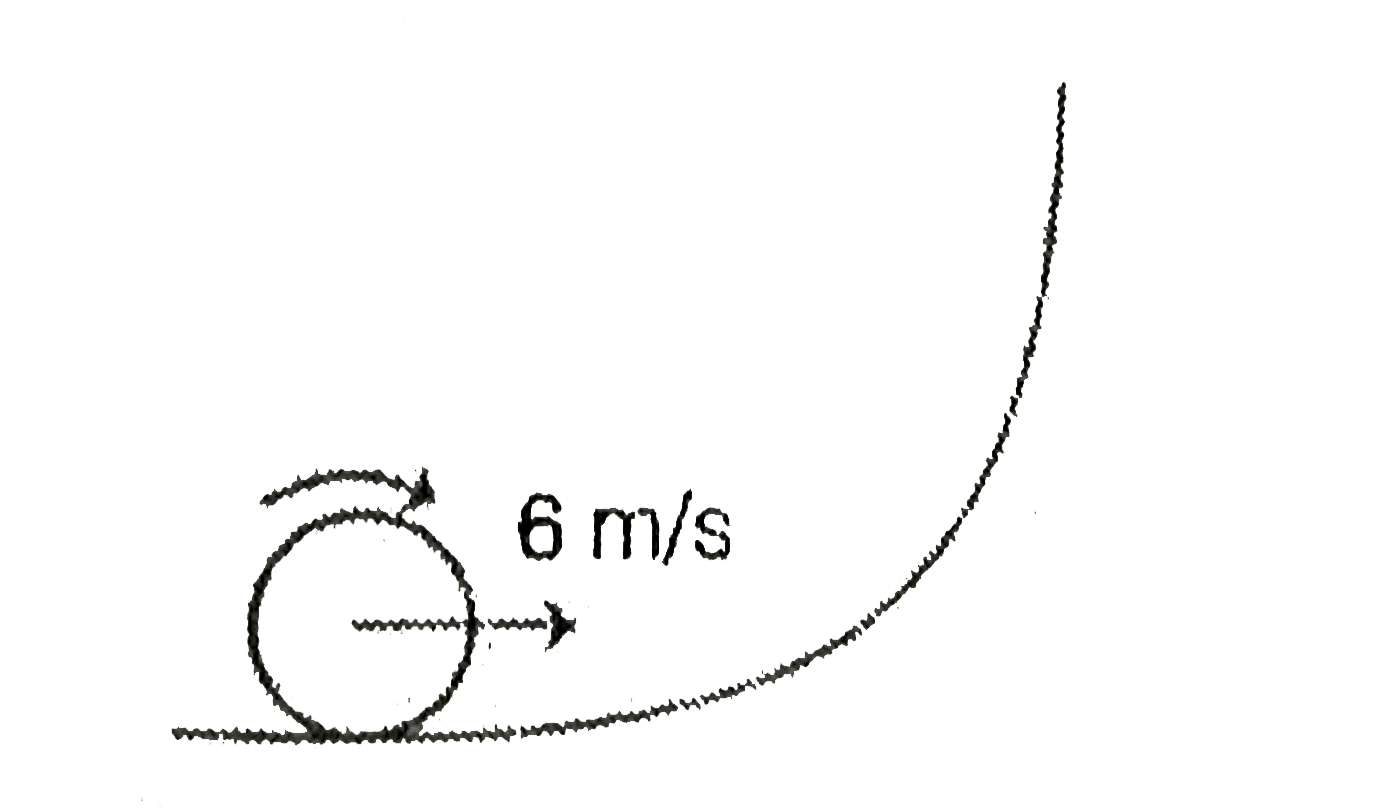 A2.4 mB0.9 mC2.7 mD1.8 m
A2.4 mB0.9 mC2.7 mD1.8 mA particle is thrown with a velocity of u m/s. it passes A and B as shown in figure at time t1=1 s andt2=3 s . The value of u is (g = 10 m/s2)
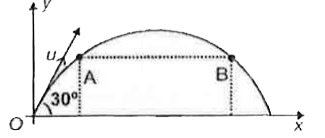 A20 m/sB10 m/sC40 m/sD5 m/ s
A20 m/sB10 m/sC40 m/sD5 m/ sA body is projected with an initial velocity 20m/s at 60∘ to the horizontal. Its initial velocity vector is ___(g=10m/s2)
A10ˆi−20ˆjB10√3ˆi+10ˆjC10ˆi+10√3ˆjD5ˆj+5√3ˆj
A car moves along a straight path with variable velocity as shown in the figure. When the car is at possiting A, its velocity is 10ms−1 and when it is at position B, its velocity is 20ms−1. If the car takes 5 seconds of time to move from A to B, find the acceleration of the car.

View SolutionA body is thrown vertically upwards with a velocity of 98m/s. If g=9.8m/s2, when will it reach its highest point ? What will be its maximum height ?
View SolutionA particle of mass 20g is released with an initial velocity 5m/s along the curve from the point A, as shown in the figure. The point A is at height h from point B. The particle slides along the frictionless surface. When the particle reaches point B, its angular momentum about O will be : (Take g=10m/s2).
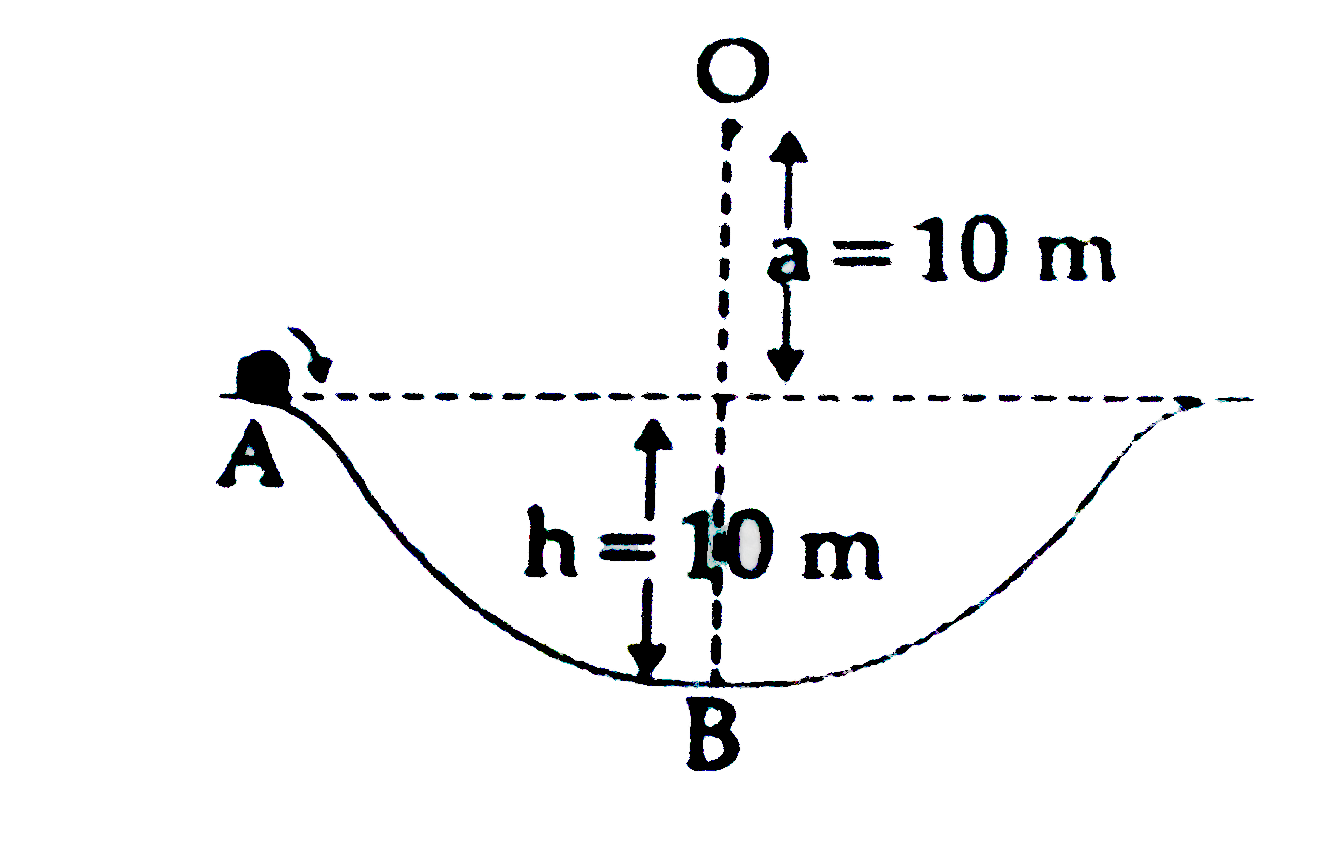
View SolutionA particle of mass 20g is released with an initial velocity 5m/s along the curve from the point A, as shown in the figure. The point A is at height h from point B. The particle slides along the frictionless surface. When the particle reaches point B, its angular momentum about O will be : (Take g=10m/s2).

View SolutionA ball is thrown vertically upward with a velocity of 20 m/s . After 3s , the magnitude of its displacement is (take g = 10 m/s2)
View Solution

